Learn about our new software, Fathom, learn about our moored pH solutions, get a recap of our presence at OSM24, and more.
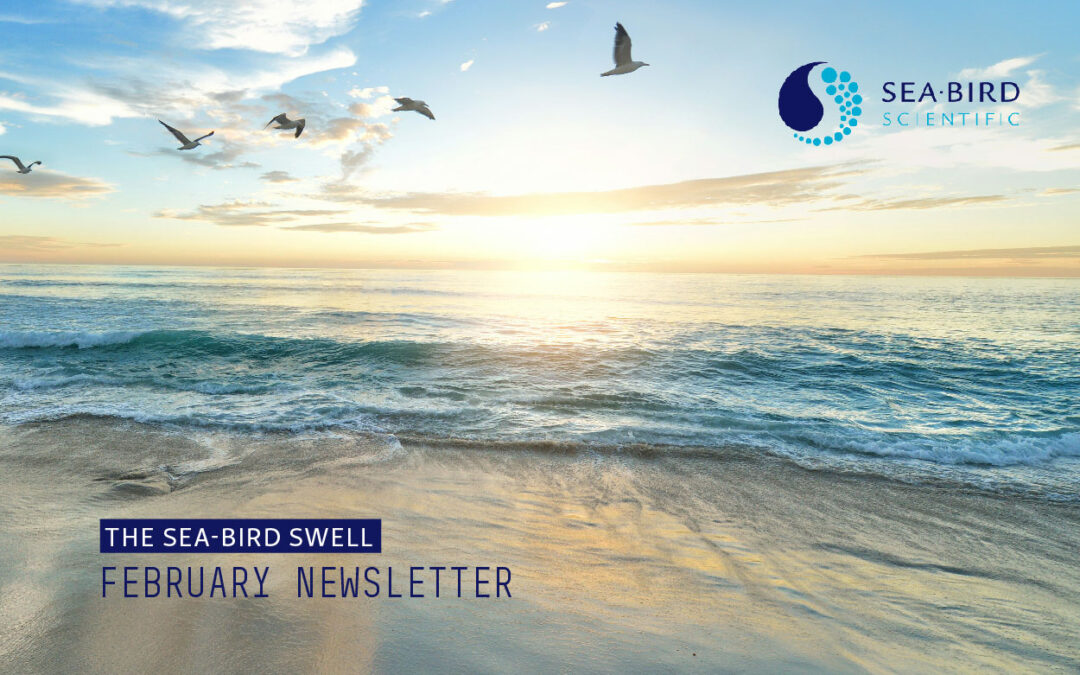

Learn about our new software, Fathom, learn about our moored pH solutions, get a recap of our presence at OSM24, and more.
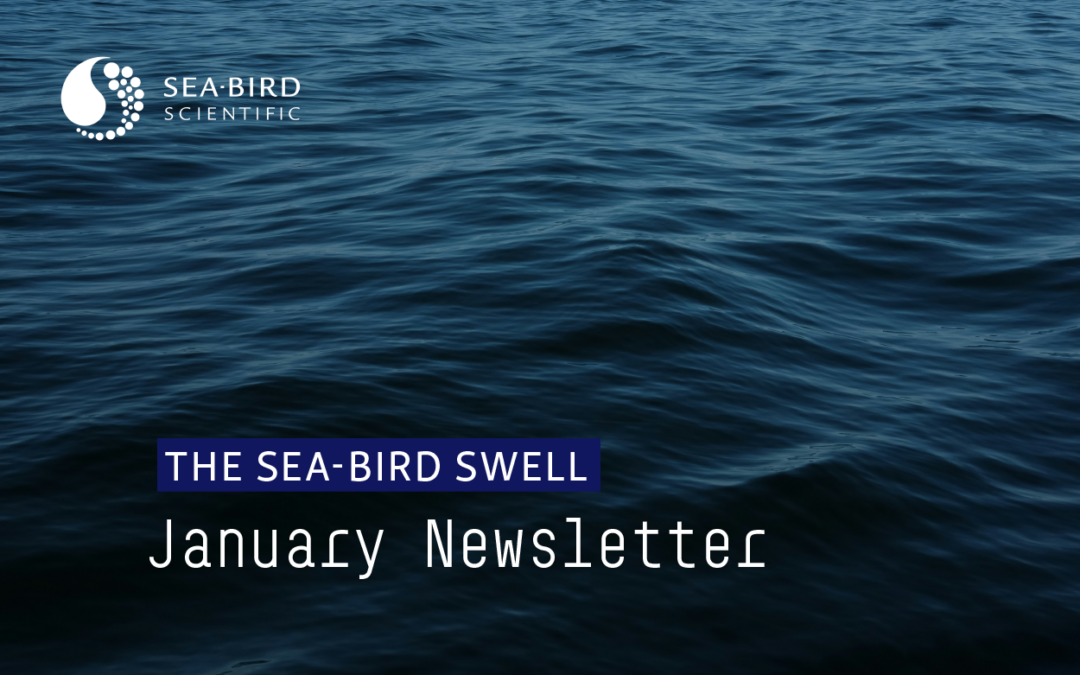
Learn about CTD Appreciation Day, upcoming events at SBS, new things to come this year, and more!
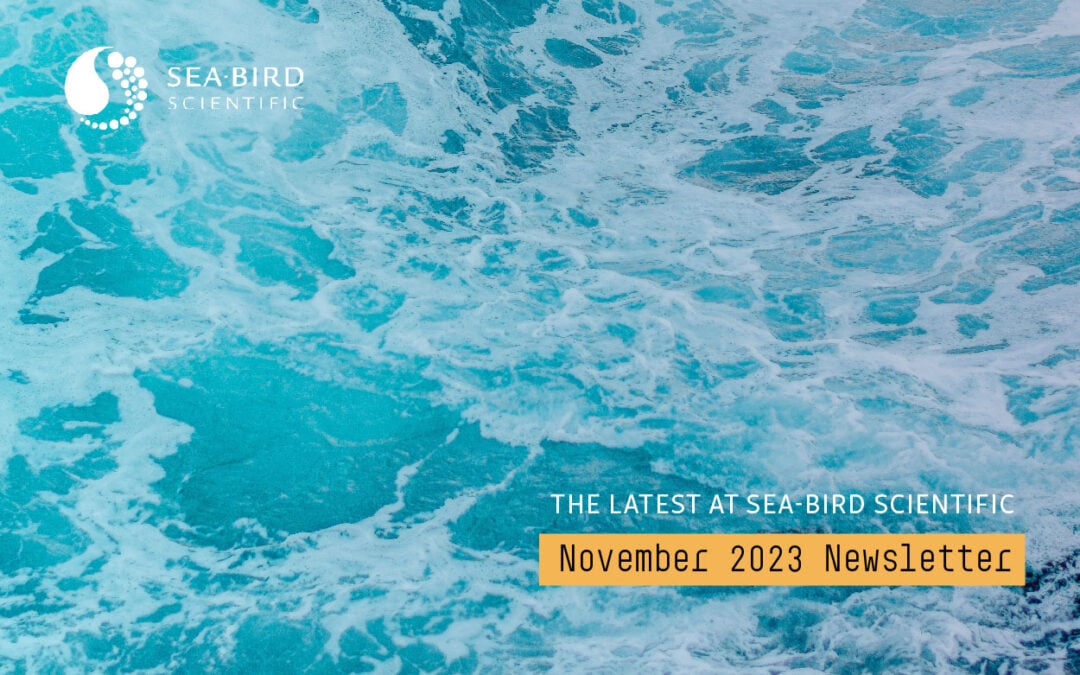
Learn more about our presence at AGU Conference this month, partnerships for deep sea exploration, optical oceanography training, new job postings, and more.
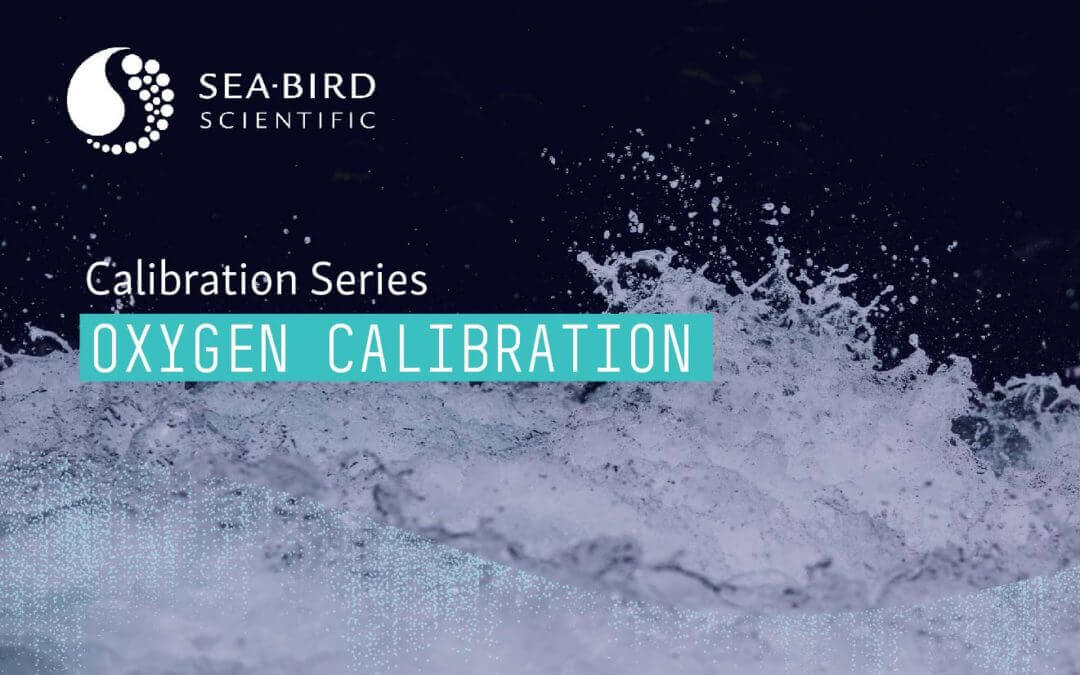
Our dissolved oxygen sensors, the SBE 43 and SBE 63, are calibrated with tools and methods we learned from calibrating our world-class temperature and conductivity sensors. Get a look behind the scenes in our calibration lab.
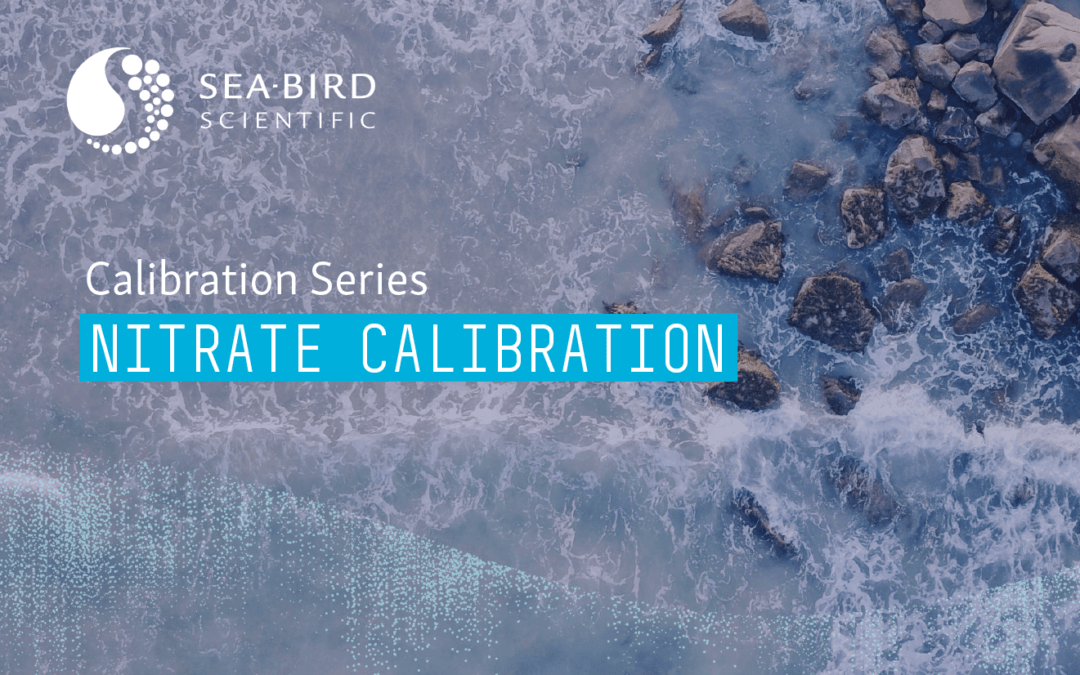
The SUNA V2 is an ultraviolet spectrometer designed to measure nitrate in-situ. At Sea-Bird, we use a temperature-controlled bath and various solutions to characterize and calibrate the sensor’s output. Learn how we prepare SUNA V2s for seawater and freshwater deployments.
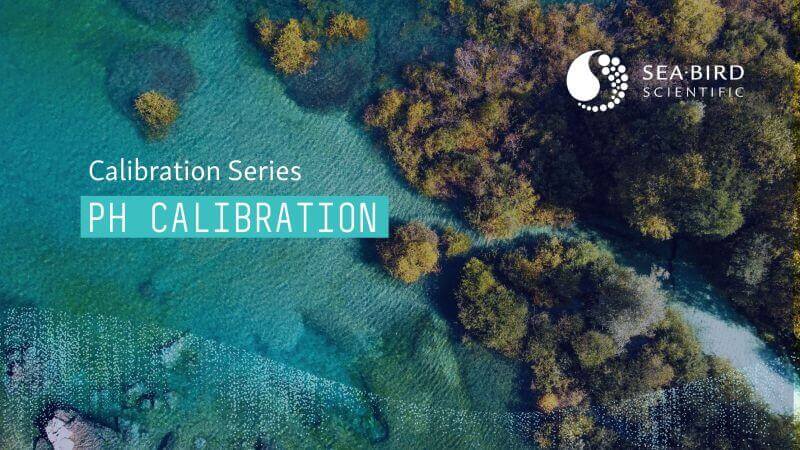
ISFET pH sensors, like the SeaFET V2 and SeapHOx V2, receive a factory calibration, and don’t require regular field maintenance. Learn how we’ve adapted our calibration facility to account for conditions these instruments meet in the wild.

Conceptually, inductive moorings seem complex – communicating with 100 instruments through a single cable doesn’t exactly sound intuitive. But, in practice, the setup is surprisingly simple. Watch our latest video to see how easy it is to test and simulate an inductive modem mooring.
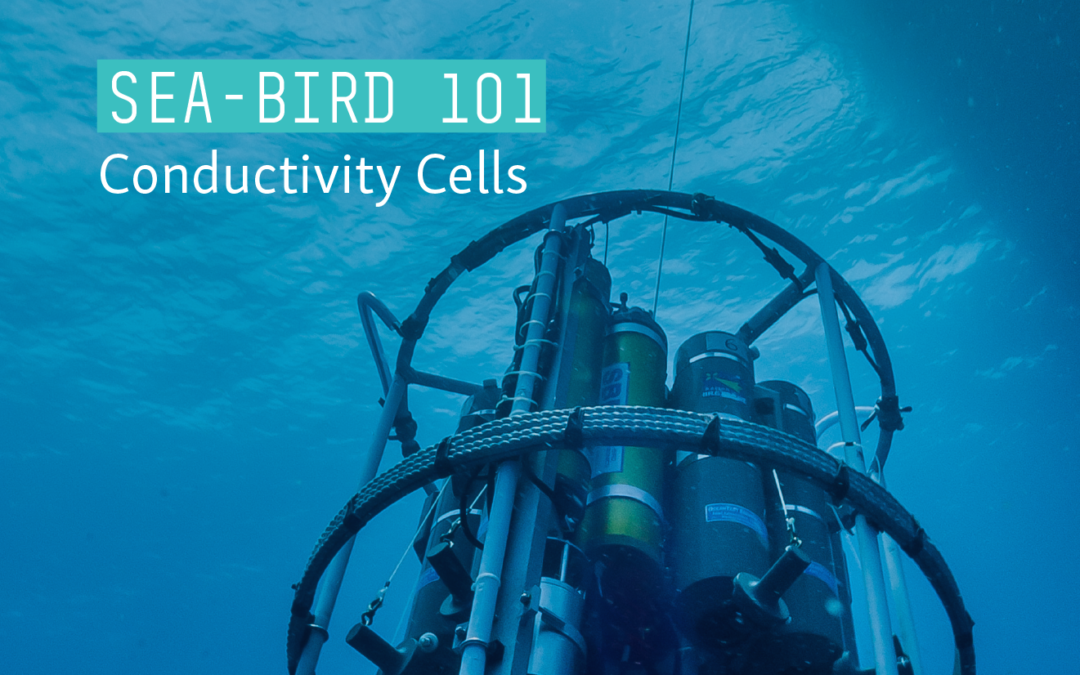
Conceptually, inductive moorings seem complex – communicating with 100 instruments through a single cable doesn’t exactly sound intuitive. But, in practice, the setup is surprisingly simple. Watch our latest video to see how easy it is to test and simulate an inductive modem mooring.
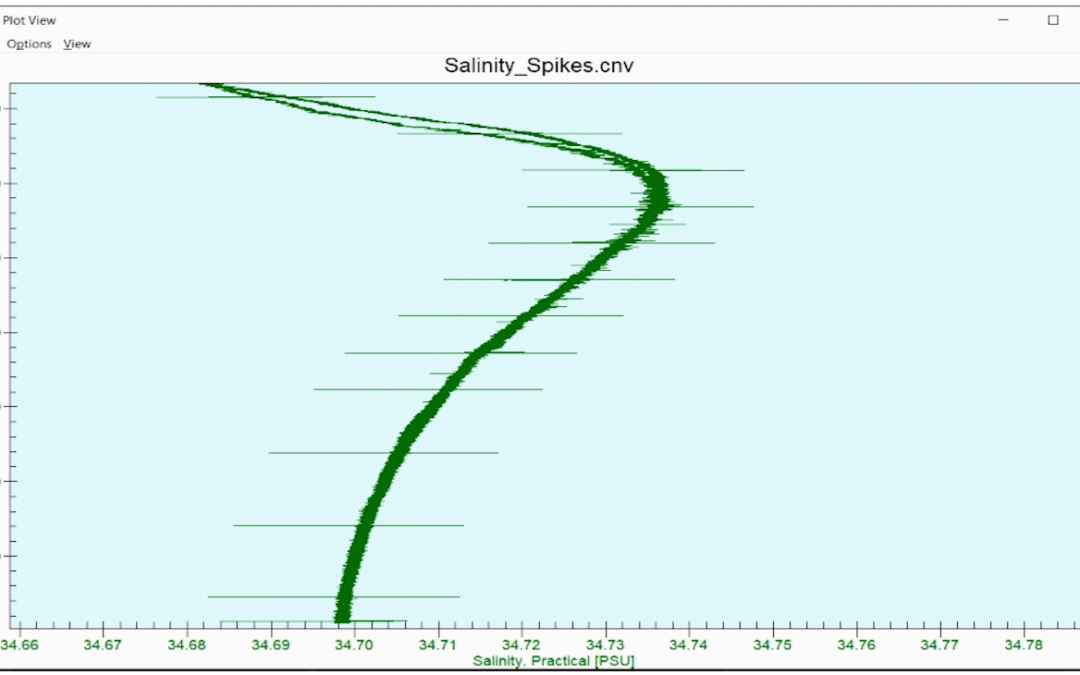
This salinity profile was from an arctic deployment in rough seas. At a certain point, we see regular salinity spikes of about ± .01 psu in the upcast data. Can you determine what caused this?
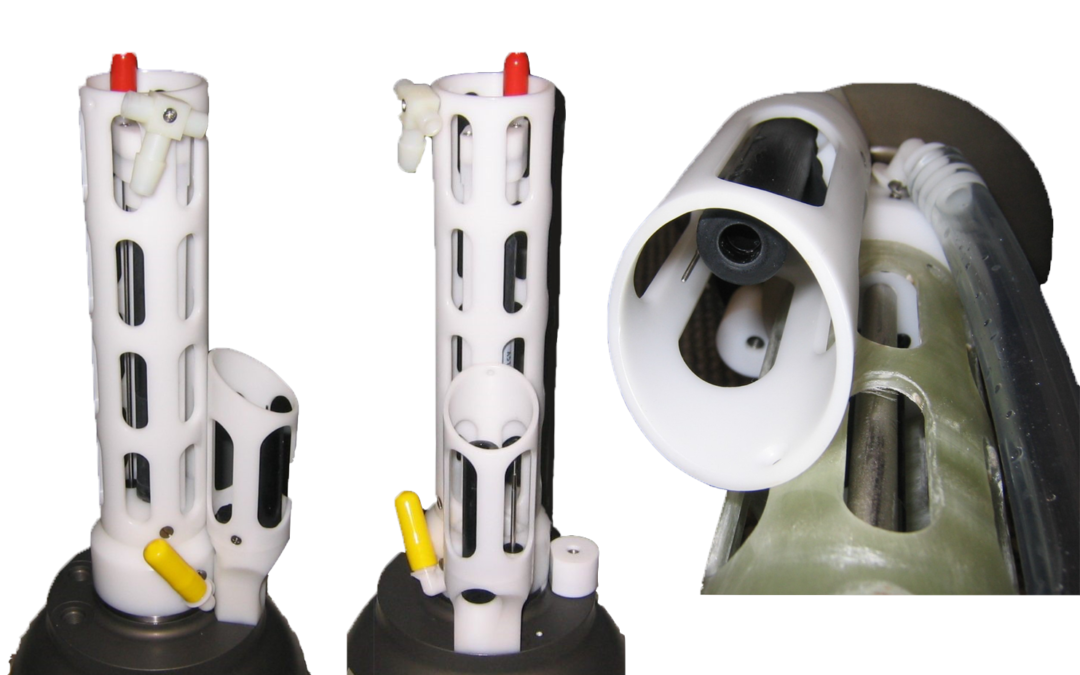
You never know what’s floating on the surface. That’s why Sea-Bird created the STS – to prevent the main Argo CTD from ingesting surface contaminants, but still obtain surface data. Learn how it helps extend deployments.
Contributors: Dr. Andrea Kealoha (she/her)¹, Natalie Zielinski (she/her)², Marialena Christopoulou (she/her)² Authors: Lindsey Biondo (she/her)², Natalie Zielinski (she/her)² ¹ University of Hawai’i at Mānoa, Department of Oceanography, 1000 Pope Road, Honolulu, HI...
We were excited to partner with the Marine Technology Society (MTS https://www.mtsociety.org/) to bring you a webinar to walk through our new software. We’re excited to release Fathom – the latest in software innovation at Sea-Bird Scientific (SBS). Heather Eberhart,...
Welcome to the Sea-Bird Swell – our monthly newsletter that gives you the latest on what’s happening at Sea-Bird Scientific and the broader oceanographic community. Introducing Our New Software: Fathom Earlier this month, we released our new SBS Fathom software! Our...